Tags: AI Planes / Auto Spawn / AI Air Traffic / Artificial Intelligence / AI controlled
This aircraft follows all the basic AI requirements. It is specially designed for Artificial Intelligence [AI] to simulate air traffic, it is able to land and take off with extreme precision at the main airports in the game, it is also a playable aircraft, you can enjoy air collisions, target shooting or just enjoy of a more realistic air traffic.
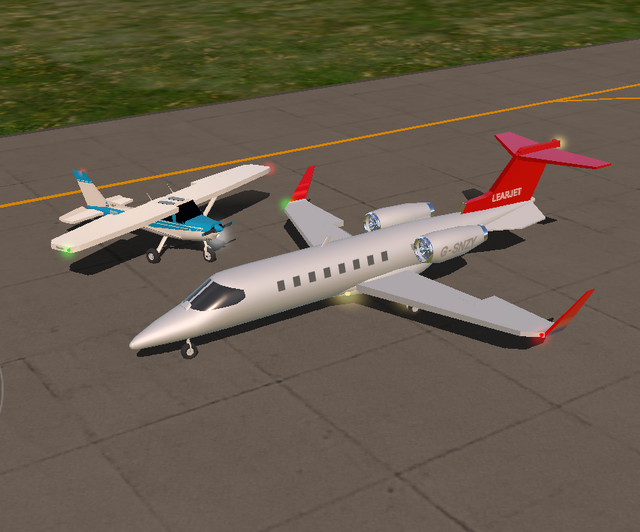
Wiki:
LJ40

The Learjet 40 is derived from the Learjet 45, but with a shorter fuselage (by 24.5 inches/60 cm), and is powered by two Honeywell TFE731-20AR engines. These are known as the "AR" engines. The 40 model takes the place of the discontinued Learjet 31a in the Learjet model line, with several performance and comfort improvements taken from the 45 model.
The prototype aircraft, a rebuilt Model 45, first flew on August 31, 2002, and the first production aircraft performed its maiden flight on September 5, 2002. Both flights took place from the Wichita Mid-Continent Airport. The LJ40 entered into service in January, 2004.
The Learjet 40XR is an upgraded version introduced in October, 2004, offering higher takeoff weights, faster cruise speeds and faster time-to-climb rates as compared to the LJ40. The increases are due to the upgrading of the engines to the TFE731-20BR configuration. These are the "BR" engines. LJ40 owners can upgrade their aircraft through the incorporation of several service bulletins.
LJ45
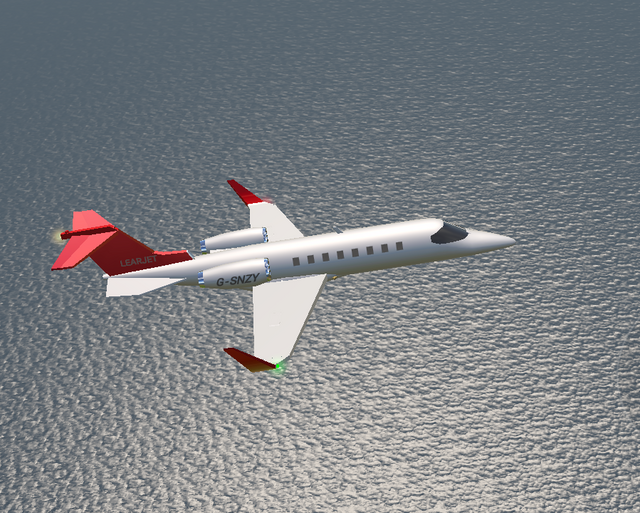
The Learjet 45 is a medium-sized, high-performance twin-engine aircraft, with turbofan engine and capable of transporting 8 or 10 passengers on interstate and international trips, designed and manufactured in the United States from the 1990s onwards by the American manufacturer Learjet, from owned by the Canadian corporation Bombardier.
The Model 45 was developed in the 1990s as a competitor in the "super-light" business jet category, a rival to the popular Cessna Citation Excel / XLS – but sacrificing the Cessna's stand-up room for the Learjet family's traditional high-speed performance.
The Model 45 was Learjet's first completely new ("clean sheet") design since the company's first aircraft (all other models having been evolved from the original 1963 Learjet design, the Model 23). The Model 45 was developed to make Learjets fundamentally more competitive against newer designs from competing manufacturers. But, as a clean-sheet design (starting from scratch), being built to more rigorous (FAR Part 25) rules than previous Learjets, the aircraft's development took substantially longer than that of previous Learjet models.
The development of the LJ45 began in 1989, but was not announced by Bombardier until September, 1992. First flight of the prototype aircraft took place on October 7, 1995 – the 32nd anniversary of the first flight of the original Learjet 23. FAA certification was delayed, and finally granted in September 1997, with the first customer aircraft subsequently delivered in mid-1998. The aviation magazine Flying reported that the Lear 45 was first certified under FAR Part 25 (transport category rules) in 1998.
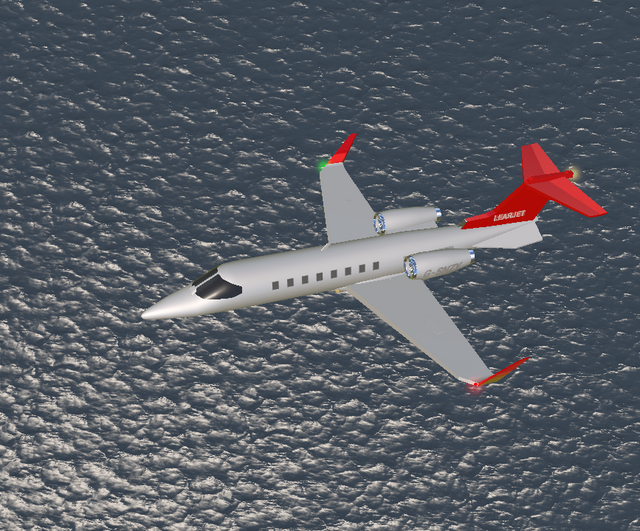
Initially, delays in production resulted in frustrated customers and lost or delayed revenues. Some customers' orders were delayed more than two years.
Deliveries and difficulties
By late 2006, Learjet had delivered over 300 Model 45s (40 of which were its improved version, the Model 45XR). By November 2010, over 500 of the Model 45 and 45XR had been delivered.
Initially, numerous mechanical and electrical problems began appearing in the aircraft after delivery – including cracked windshields, problems with pressurization, fried power distribution panels, and inappropriate alarms. These and other problems commonly forced Model 45 operators to ground their aircraft about once a month, limiting their use.
Problems came to a head in August 2003, when the FAA discovered a defective fastener for the Model 45's horizontal stabilizer could break, sending the airplane into a fatal dive. The FAA grounded all Learjet 45s, across the nation, and they all sat on the ground for a month, while the manufacturer struggled to develop a fix and get it to aircraft in the field.
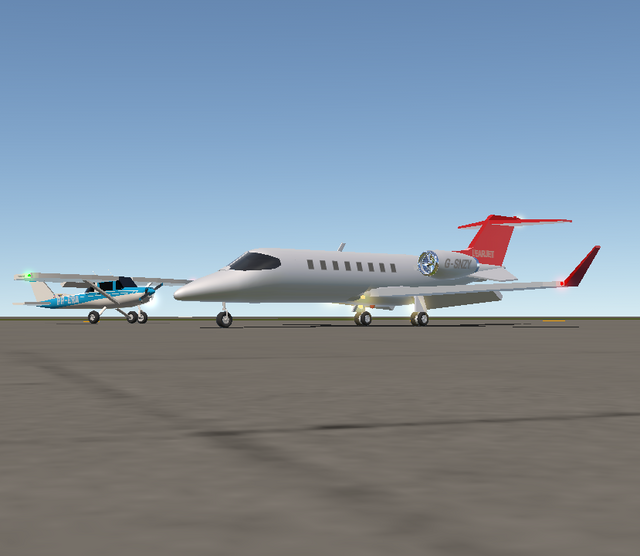
By 2007, Model 45 operators were said to have a "love-hate" relationship with the aircraft – appreciating its exceptional combination of performance, payload and economics, but frustrated by frequent maintenance problems, often grounding the aircraft, and difficulty getting prompt and adequate product support and parts. However, 10 years later, a 2017 "Used Aircraft Report" by Business & Commercial Aviation magazine indicated that owners now regard the aircraft as "gas-and-go airplane" and credit it "with great reliability," and the article's author, B/CA senior editor Fred George, describes it as "a rock-solid reliable workhorse."
By 2018, Learjet 45/45XRs were priced at $1.5–4.9 million.
Design and manufacturing
In size, the LJ45 and LJ45XR fit between the smaller Learjet 31 and Learjet 40, at the low end, and the larger Learjet 60 at the top of the Learjet product line. It offers the operating economics typical of a "light" business jet, but the performance and comfort of a "mid-size" business jet.
It has a 1,971-nautical-mile (3,650 km; 2,268 mi) range at Mach 0.81 with four passengers on board.
The plane was designed around a flat-floor cabin, with a non-circular cross-section for additional headroom. Typical interior configuration is eight passenger seats, in a double-club seating arrangement, and a fully enclosed toilet (usable as a 9th seat) and an adjoining 15-cubic-foot baggage area. An external 50-cubic-foot baggage area is also provided.
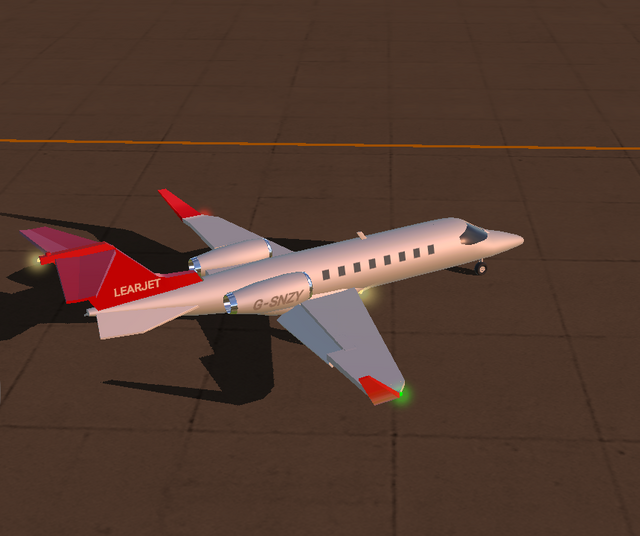
The Model 45 was Learjet's first "clean-sheet" (all-new) design since the development of the original Model 23. (All previous models had been derivatives of the Model 23, with the wide-fuselage Model 55 and Model 60 utilizing the basic wing design originating in the Model 23, but with extensions and winglets; some, however, view the Model 55 as a "clean sheet" design, also.)
Previous Learjet designs had used rigorous, extensive "fail-safe" structures in the wing and tail assemblies, with numerous wing spars providing a highly reinforced structure (derived from the Swiss-designed P-16 prototype fighter that was the original basis for the first Learjet) – but the Model 45, instead, used a lighter, less-robust structure, affording less cost in manufacture and lower aircraft empty weights, resulting in improved capacity, efficiency and some performance enhancement (for a given amount of engine power), at a competitive price.
Outwardly, however, the Model 45 retained the traditional Learjet appearance, with its semi-swept wing, T-tail, sharp nose, and wrap-around windshield – while using engines and avionics similar to those in the Model 60.
It also incorporated two conspicuous modifications pioneered on earlier Learjets: the "delta fins" (twin ventral fins, positioned to help stabilize the aircraft in flight, and help right the aircraft in a deep aerodynamic stall) – and winglets (upturned wingtips to reduce induced drag and improve stability). Among other characteristics, the design has reportedly yielded the most benign stall characteristics of any "light" business jet to date (as of 2017).
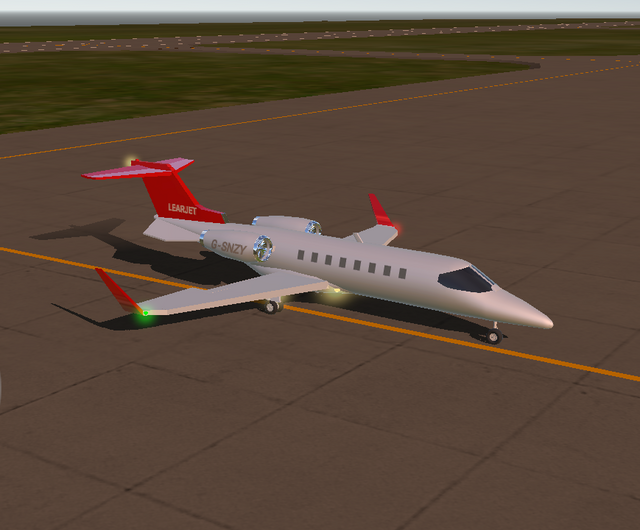
The Model 45 cockpit is equipped with a four-screen Honeywell Primus 1000 EFIS avionics system, but it uses obsolete CRT screens, rather than modern LCD screens, in resulting substantial maintenance costs (though a $300,000 LCD-display upgrade is available).
The aircraft is powered by two DEEC-controlled Honeywell TFE731-20-AR turbofan engines, rated at 3,500 pounds thrust, each, in sea-level temperatures up to 88 °F – a fuel-efficient, "understressed," derated version of the 4,435 lb thrust TFE731-40 – developed specifically for the Learjet 45. Recommended engine TBO (time between overhauls) is 5,000 hours.
At normal atmospheric conditions, zero-wind takeoff runway requirements range from 4,200 feet (for a stripped, basic plane with a basic operating weight of 11,700 pounds) to 5,040 feet for a fully equipped model, with auxiliary power unit and other upgrades (14,200 lbs).
However, the engine exhibits poor performance in high-density altitude situations (such as takeoff from hot, humid or high-elevation airports), often resulting in long runway requirements. (Engine power deficiency in high-density altitudes was largely resolved by the engine upgrade to the -20BR engine variant in the Learjet 45XR variant of the Learjet 45 – an engine upgrade which is also available as a retrofit to the older Learjet 45, and widely recommended.)
An internal auxiliary power unit, for ground use, provides electrical and pneumatic power, permits easy starts, without ground power units, and enables aircraft cooling or heating while on the ground, without the engines operating. However, the auxiliary power unit was initially optional, rather than standard, equipment.
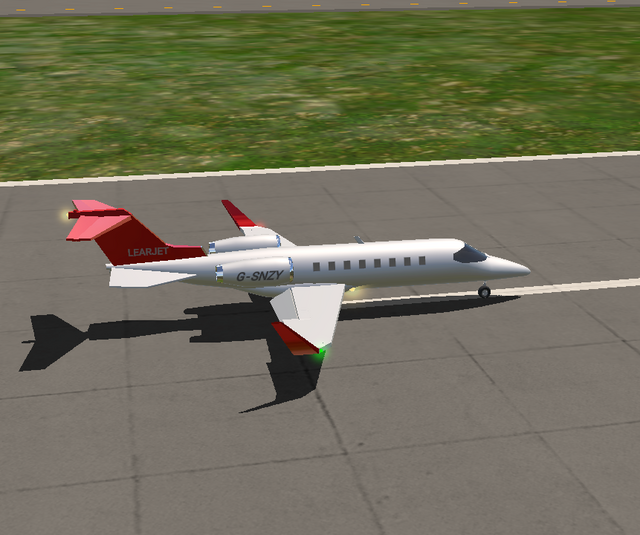
The wing has 13 degrees of wing sweep with a supercritical airfoil optimized for cruise flight at Mach 0.78. Though there are no leading-edge slats or wing fences, the wing has vortilons on the leading edge, to avoid spanwise flow, and small metal triangles on the leading edge to minimize airflow separation during flight at a high angle of attack.
The Lear 45 was certified under FAR Part 25 (transport category rules), rather than FAR Part 23 (often used in earlier business jets). The stricter Part 25 certification requires greater system redundancy, and requires that the airplane reliably meets the performance numbers published in the aircraft's FAA-approved Pilot's Operating Handbook (POH).
Dual-wheel, trailing link, main landing gear is provided, with digital nosewheel steering facilitating tight turns. Single-point pressure refueling is also provided, expediting turnarounds.
De Havilland Canada builds the LJ45's wings, and Bombardier subsidiary Short Brothers of Belfast, Northern Ireland, builds the fuselage and empennage.
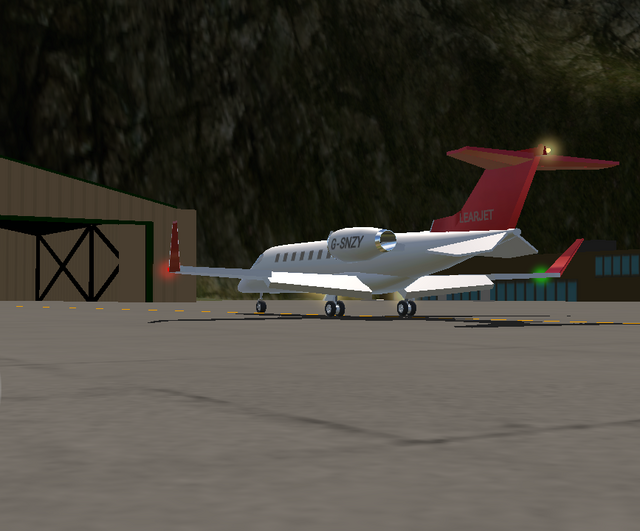
Actual Sample:
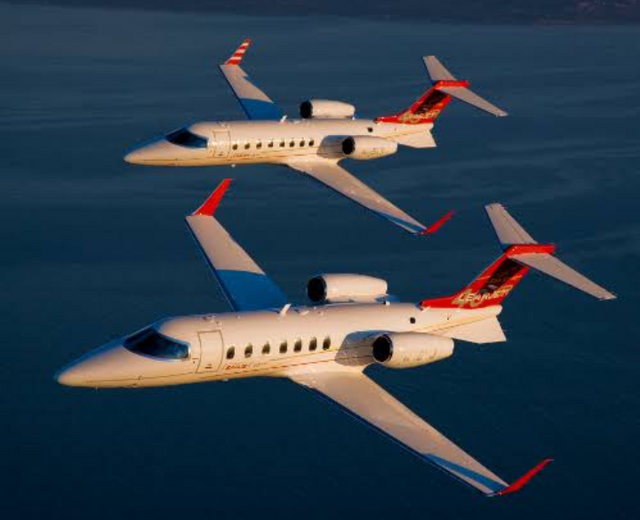
Image Credit: Wikipedia
Controls: Standard
Thank you for your attention, Good flight!
Specifications
Spotlights
- WinsWings 2.5 years ago
General Characteristics
- Predecessor Bombardier Learjet 31A
- Successors 3 airplane(s) +21 bonus
- Created On Android
- Wingspan 61.8ft (18.8m)
- Length 73.2ft (22.3m)
- Height 18.9ft (5.7m)
- Empty Weight 11,770lbs (5,338kg)
- Loaded Weight 17,046lbs (7,732kg)
Performance
- Power/Weight Ratio 7.91
- Wing Loading 27.9lbs/ft2 (136.0kg/m2)
- Wing Area 611.8ft2 (56.8m2)
- Drag Points 6532
Parts
- Number of Parts 83
- Control Surfaces 7
- Performance Cost 443

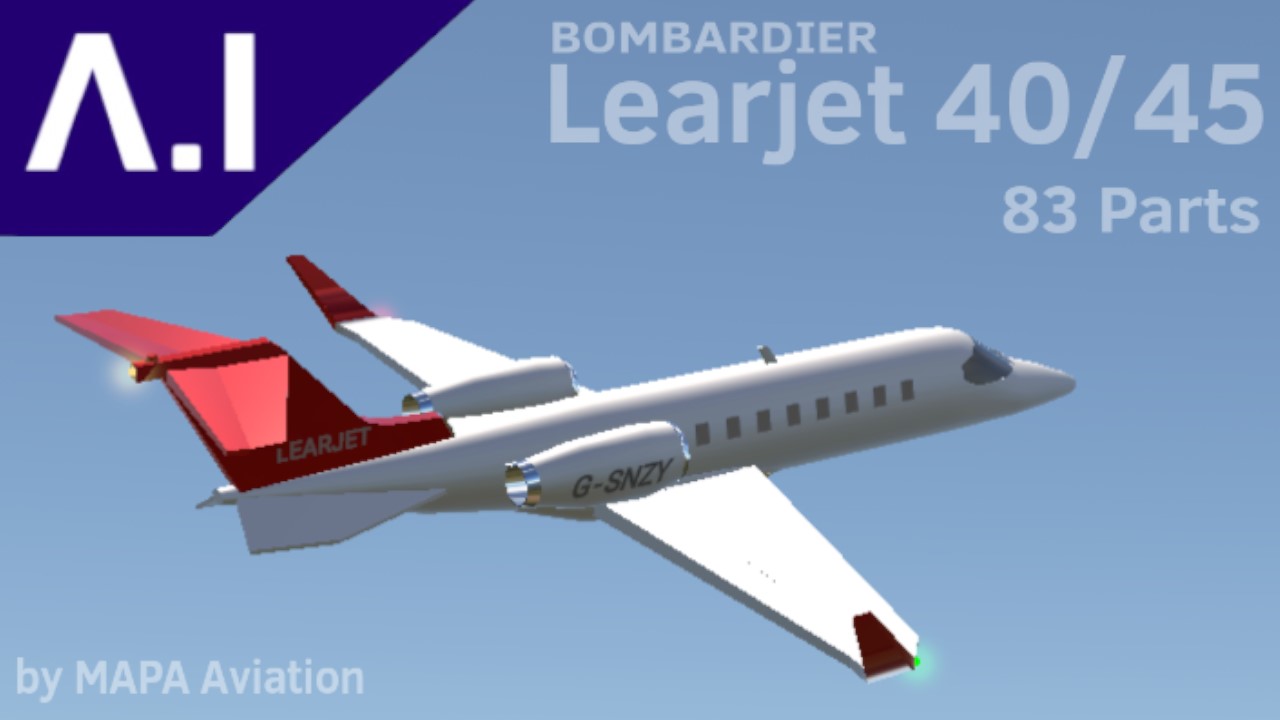

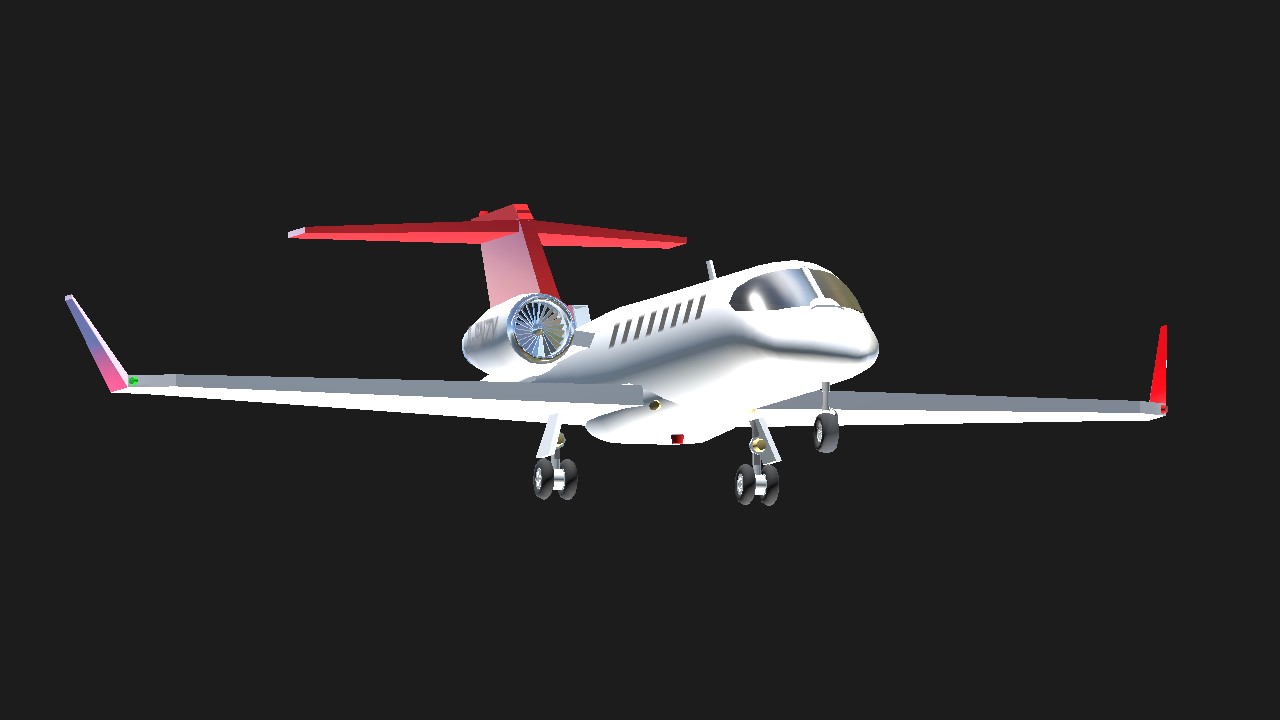
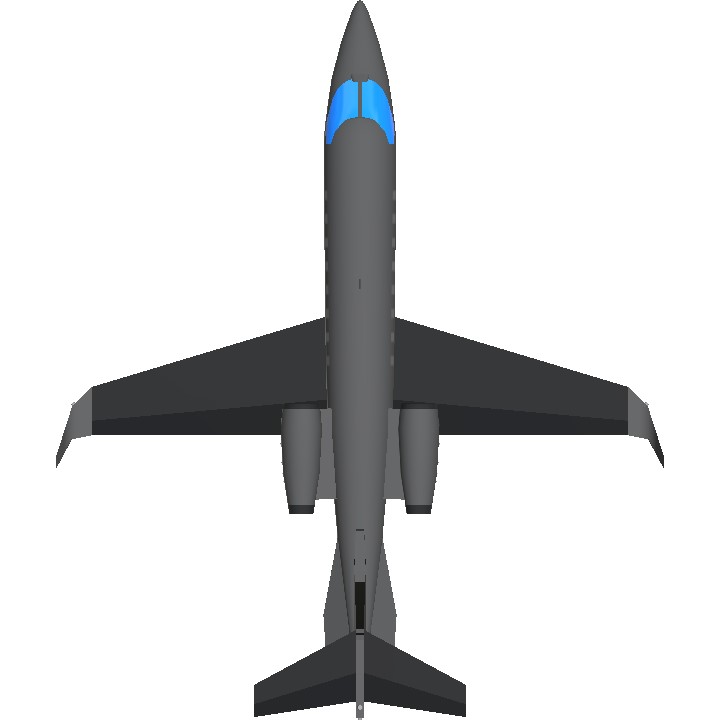
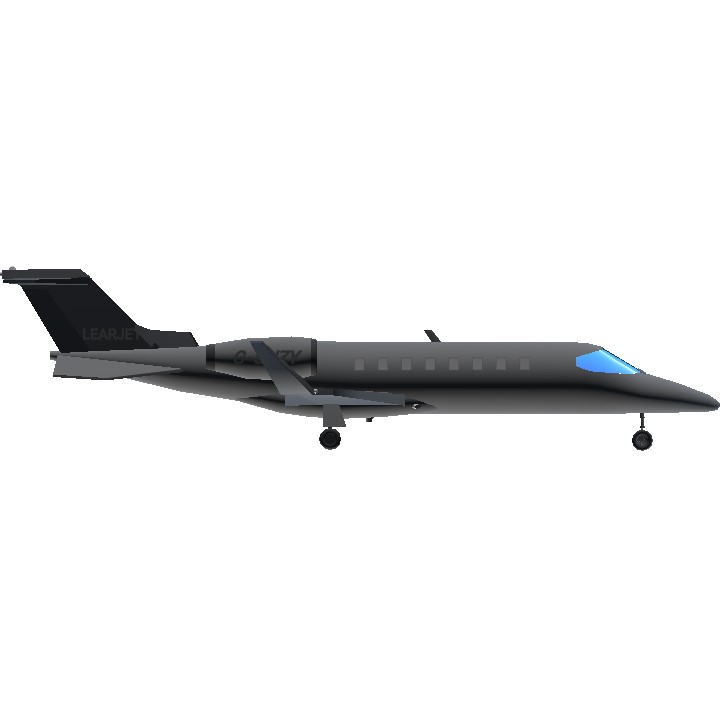

why is this tagged as "decade 1900s"?
ooh nice aircraft
Can You Make LJ75 Pls ?
Also It's Predecessor ...
LJ31 And LJ45 Is A Different Aircraft...
@MAPA não me lembrava desse pensava que o último era o 45
@Gabriel747 disponha, ainda vou lançar o LJ75, este será o último da família
@MAPA outra coisa... MUITO OBRIGADO POR USAR O MEU PP-ERA NAS SUAS FOTOS FICOU LINDO!!!!!!!
@MAPA você demorou até que um tempo para postar o 45
Pensei até que ia terminar a série Learjet no learjet 31
Can you make the Bombardier Global or the Sentinel R1?
Edit 8/26/24: Thank you!
Sorry for the delay, I'm without internet :/